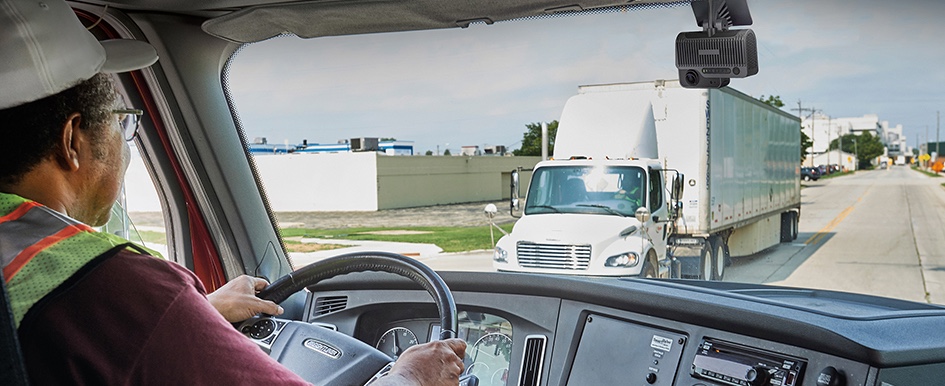
Excessive verdicts in the United States have spread at an alarming rate. This trend has put any construction company that does not use best-in-class safety practices at the risk of being put out of business.
A 2020 American Transportation Research Institute (ATRI) study* found:
- From 2015 to 2019, there were nearly 300 verdicts over $1 million; and
- From 2010 to 2018, the number of verdicts over $10 million nearly doubled, and the dollar amount of awards grew 51.7% annually.
If you’re considering using dash cam footage to help exonerate drivers of your company vehicles and want to be defendable in the face of costly litigation, use these four steps to build a best-in-class safety program.
1) Obtain management support.
Management’s attitudes, values, and beliefs drive a company’s culture. Collaboration with the leadership team is imperative to create a proactive safety program. Leaders must uphold policies and best practices that keep all employees safe, including your vehicle drivers.
In a 2024 J. J. Keller Center for Market Insights survey, 51 percent of managers indicated that the most significant determinant of running a safe operation was that their leadership consistently shows that safety is important.
2) Develop and enforce policies and procedures that exceed regulations.
Another significant finding in the 2020 ATRI study was that pre-crash actions by companies are critical. Plaintiff and company defense attorneys agreed that “crash avoidance is EVERYTHING.” They also agreed that companies must always follow policies and procedures and should exceed the regulations.
Policies and procedures are the safety management controls that, when consistently enforced, guide your team to stay compliant, maintain company safety standards, and drive improvement.
3) Use video in a corrective action training (CAT) program.
A plaintiff’s attorney in post-crash litigation can claim negligence if there is any failure to follow policies, procedures, or reasonable practices that find, coach, and remediate high-risk behavior.
Timely detection and correction of unsafe behavior through video-based coaching:
- Helps prevent crashes and violations,
- Reduces potential liability, and
- Improves employee retention.
A well-designed CAT program will also align with state labor laws, contracts, and any union agreements.
4) Share safety improvements.
To obtain an insurance policy renewal at the lowest possible premium, a company must be able to share with an underwriter:
- The level of risk regarding recent crash and loss experience,
- The root cause of severe crashes and high-frequency minor crashes, and
- The actions to address those root causes and to improve the safety program.
Drivers are also stakeholders in your company’s safety efforts. Share safety successes with the entire team to build momentum and transform the culture.
In closing, a best-in-class safety program driven by video-based coaching can protect your construction company against excessive verdicts and improve hiring and retention.
*“Understanding the Impact of Nuclear Verdicts on the Trucking Industry”

